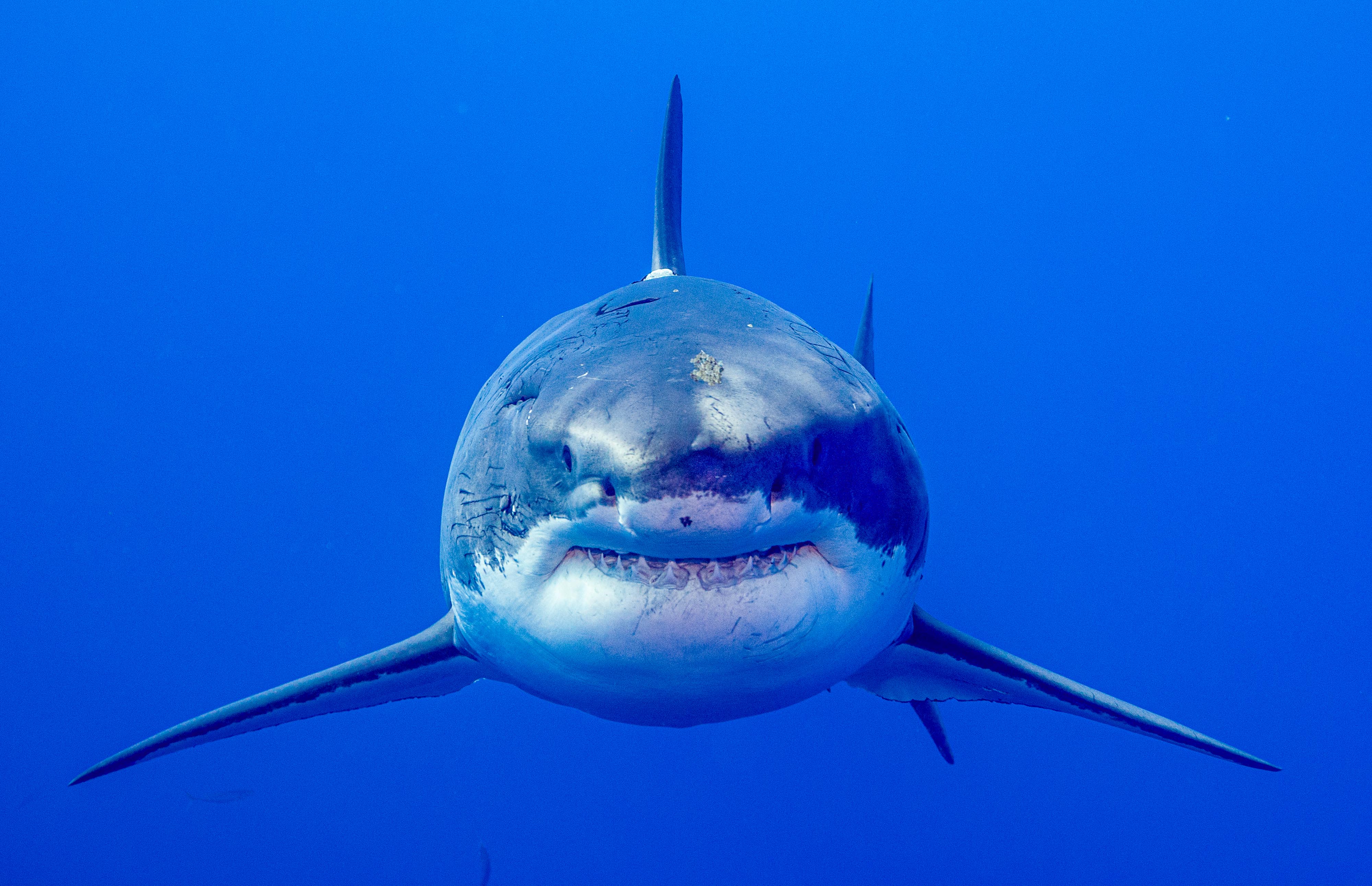When we think of the ocean, numerous awe-inspiring creatures come to mind, but few are as captivating as the great white fish. This remarkable species is not only famous for its striking appearance but also for its role in marine ecosystems. With a reputation that precedes it, the great white fish has sparked interest among scientists, fishermen, and food enthusiasts alike. Understanding the nuances of this fascinating fish is essential for both conservation efforts and culinary explorations.
The great white fish, known for its robust body and distinctive coloration, is a staple in many coastal cuisines around the world. Its versatility in the kitchen makes it a favorite among chefs and home cooks, who appreciate its firm texture and mild flavor. Beyond its culinary appeal, the great white fish is an important indicator of ocean health, making its conservation critical in the face of climate change and overfishing. This article delves into the world of the great white fish, exploring its biological characteristics, ecological significance, and culinary uses.
As we embark on this exploration, we will answer some important questions about the great white fish. What makes it unique among other fish species? How can we ensure its preservation for future generations? Join us as we unravel the mysteries behind this magnificent fish and its place in our lives.
What Are the Distinct Characteristics of Great White Fish?
The great white fish is known for its unique features that set it apart from other fish species:
- Coloration: Typically, the great white fish has a pale, silvery body with a darker back, providing it with natural camouflage in the ocean.
- Size: This fish can grow significantly, with some individuals reaching lengths of over 6 feet.
- Habitat: Great white fish are commonly found in temperate and tropical waters, often near the surface.
Why Is Conservation Important for Great White Fish?
The conservation of great white fish is paramount, and here are some reasons why:
- Ecological Role: As apex predators, great white fish help maintain the balance of marine ecosystems.
- Threats: Overfishing, habitat destruction, and climate change pose significant threats to their populations.
- Research Opportunities: Understanding their behavior and biology can lead to better conservation strategies.
How Is Great White Fish Used in Culinary Arts?
The culinary world embraces great white fish for its numerous applications:
- Grilling: Its firm texture makes it ideal for grilling, allowing for excellent flavor absorption.
- Sushi: Great white fish is often used in sushi dishes, prized for its delicate taste.
- Fish Tacos: This fish can be a star ingredient in vibrant fish tacos, adding a refreshing element.
What Are the Popular Recipes Featuring Great White Fish?
Here are some popular recipes that highlight the great white fish:
- Grilled Great White Fish with Lemon Butter: A simple yet flavorful dish that enhances the fish's natural taste.
- Sushi Rolls: Incorporating great white fish into sushi rolls offers a delightful combination of flavors.
- Great White Fish Tacos: A fun and tasty way to enjoy this versatile fish, combined with fresh toppings.
What Are the Nutritional Benefits of Great White Fish?
The great white fish not only delights the palate but also provides numerous health benefits:
- High in Protein: Great white fish is an excellent source of lean protein, essential for muscle growth and repair.
- Omega-3 Fatty Acids: Rich in omega-3s, this fish promotes heart health and supports brain function.
- Low in Calories: A nutritious choice for those looking to maintain a healthy diet.
Where Can You Find Great White Fish?
Great white fish can be found in various locations, including:
- Local Fish Markets: Many coastal towns offer fresh catches of great white fish.
- Supermarkets: Check the seafood section for frozen or fresh options.
- Restaurants: Many seafood restaurants feature great white fish on their menus.
What Are Some Sustainable Practices for Harvesting Great White Fish?
To protect great white fish populations, consider the following sustainable practices:
- Responsible Fishing: Use fishing methods that minimize bycatch and habitat destruction.
- Support Local Fisheries: Choose seafood sourced from local, sustainable fisheries.
- Educate Others: Raise awareness about the importance of sustainable seafood options.
What Is the Future of Great White Fish?
As we look to the future, the great white fish faces both challenges and opportunities:
- Conservation Efforts: Increased awareness and conservation initiatives are crucial to preserving this species.
- Research Advancements: Ongoing research can lead to a better understanding of their biology and behavior.
- Community Engagement: Involving local communities in conservation efforts can yield positive results.
In conclusion, the great white fish is much more than just a culinary delight; it plays a vital role in our oceans and deserves our attention and protection. By understanding its characteristics, culinary applications, and the importance of conservation, we can ensure that future generations will continue to appreciate this magnificent fish.
Choosing The Perfect 2 Person Tent For Your Outdoor Adventures
Unlocking Power: The Black & Decker 40 Volt Battery Experience
Choosing Between SPF 50 And SPF 45: Which Is Right For You?


